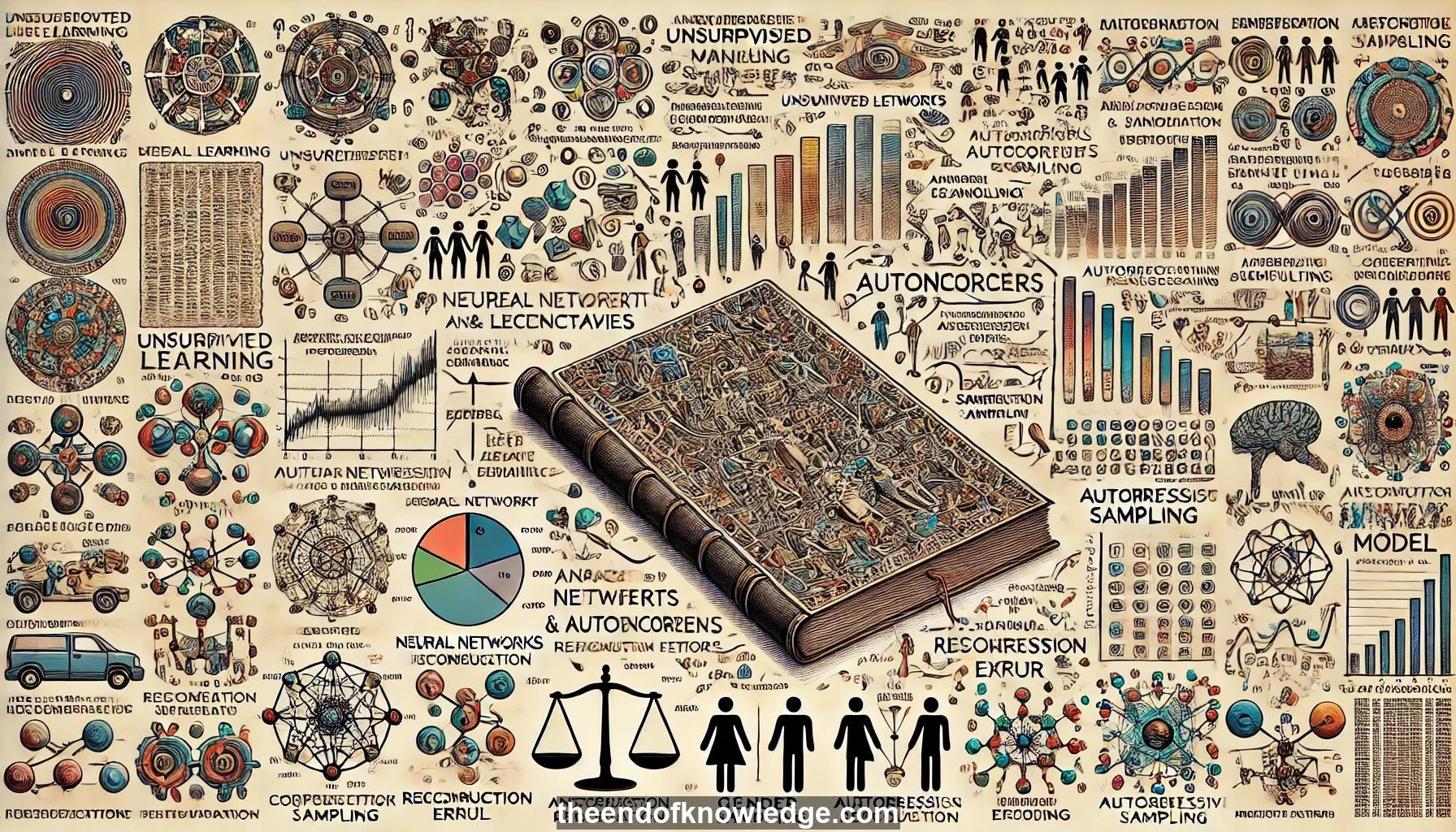 >
>
Concept Graph & Resume using Claude 3.5 Sonnet | Chat GPT4o | Llama 3:
Resume:
1.- Unsupervised learning: Technique to learn representations of sequential data without labeled data, useful for understanding structure in documents like the Voynich manuscript.
2.- Unsupervised unit discovery: Finding boundaries and clustering data in speech and handwriting to identify characters or phonemes.
3.- Latent representation: Capturing essential information from input data in a more compact and useful form.
4.- Autoencoder: Neural network that encodes input data, then decodes it to reconstruct the original input.
5.- Variational Autoencoder (VAE): Generative model that learns to encode data as probability distributions in latent space.
6.- Vector Quantized VAE (VQVAE): VAE variant that uses discrete latent representations by clustering encoder outputs.
7.- Bottleneck: Constraining information flow in a model to force it to learn efficient representations.
8.- Autoregressive models: Models that predict future values based on past values, used for reconstructing data from latent representations.
9.- Probe classifiers: Small supervised classifiers used to analyze information content in unsupervised model representations.
10.- Information filtering: Selectively retaining relevant information (e.g., phonemes) while discarding irrelevant information (e.g., speaker identity).
11.- Zero-shot learning: Model's ability to perform tasks on unseen data or in new contexts.
12.- Smoothness prior: Assumption that latent representations should change smoothly over time for sequential data.
13.- Latent collapse: When a model ignores latent representations and relies solely on autoregressive decoding.
14.- Time jittering: Randomly copying latent vectors to enforce smoothness without causing latent collapse.
15.- Piecewise constant representation: Latent representation that remains constant within units (e.g., phonemes) and changes abruptly at boundaries.
16.- Constrained optimization: Formulating the learning problem with constraints to enforce desired properties in latent representations.
17.- Lagrangian relaxation: Converting constrained optimization problems into unconstrained problems with penalty terms.
18.- Greedy algorithm: Approach for solving the constrained optimization problem by merging latent vectors.
19.- Markovian dynamic model: Probabilistic model for transitions between latent states over time.
20.- Convolutional Deep Markov Model: Model combining convolutional neural networks with Markovian dynamics for latent representations.
21.- Variational inference: Technique for approximating complex probability distributions, used in VAEs and related models.
22.- Linguistic prior: Incorporating knowledge about language structure into latent representation learning.
23.- Contrastive coding: Learning technique that contrasts related and unrelated samples to improve representations.
24.- Mutual Information Maximization: Approach to learn representations by maximizing mutual information between inputs and latents.
25.- Wave2Vec: Self-supervised learning technique for speech recognition.
26.- MIME-CPC: Mutual Information Maximization and Contrastive Predictive Coding, techniques for representation learning.
27.- Pixel CNN: Autoregressive model for generating images pixel by pixel, used in handwriting generation example.
28.- WaveNet: Neural network for generating raw audio waveforms, used as a decoder in speech models.
29.- Filter bank reconstruction: Measure of how well a model can reconstruct speech spectrograms from latent representations.
30.- Tonal information: Pitch patterns in languages like Mandarin that carry meaning, potentially lost in some unsupervised models.
Knowledge Vault built byDavid Vivancos 2024